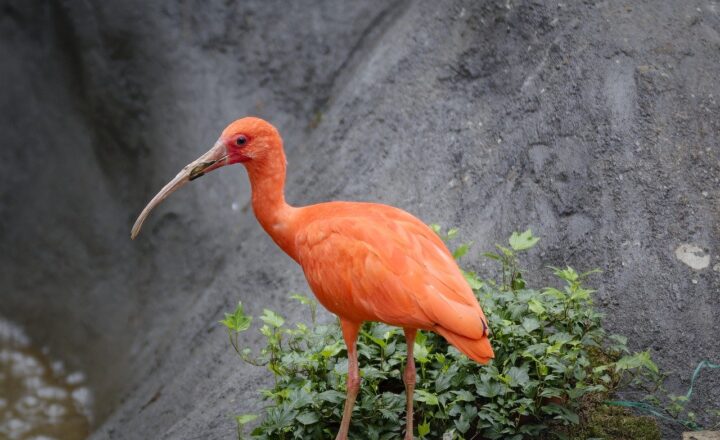The Mystery Behind the Green Flash Phenomenon at Sunset
November 17, 2024

As the sun dips below the horizon, casting vibrant hues of orange and red, many observers are left in awe of the spectacle of a sunset. But for some, this daily occurrence holds an even deeper intrigue—the elusive green flash, a phenomenon that has captured the fascination of astronomers, photographers, and sunset chasers alike. While it may sound like a myth of sailors and poets, the green flash is a real optical event, with unique scientific explanations and captivating tales surrounding it.
1. What is the Green Flash?
The green flash is a brief flash of green light that can occur just before the sun sets or just after it rises. It lasts only a few seconds and is often described as a green ray shooting up from the sun. The fleeting nature of this event means that many miss it entirely, and those lucky enough to witness it often describe it as magical.
**Characteristics of the Green Flash:**
– Occurs during sunset or sunrise.
– Lasts for just a few seconds.
– Visible as a bright green spot or ray.
– Requires clear, unobstructed views of the horizon.
– More likely to be seen over open sea than land due to atmospheric conditions.
2. The Science Behind the Green Flash
To understand the green flash, we must delve into the science of light and the atmosphere. The phenomenon is primarily a result of atmospheric refraction—the bending of light due to variations in air density. Here are the main factors that contribute to its occurrence:
**Refraction of Light:**
Light from the sun is made up of various colors, which have different wavelengths. When the sun is near the horizon, its light must pass through more air compared to when it is overhead. This causes the light to bend, or refract. Shorter wavelengths, like blue and violet, bend more than longer wavelengths, such as red and orange. As the sun sets, its light can split into its component colors, creating the bright green flash.
**Atmospheric Conditions:**
Certain atmospheric conditions can enhance the chances of witnessing a green flash:
– **Temperature Inversions:** When a layer of warm air traps cooler air at the surface, it creates a gradient that can enhance light refraction.
– **Clear Skies:** A clear horizon unencumbered by clouds or obstructions increases the likelihood of seeing the phenomenon. Even slight haze can disrupt visibility.
**Elevation:** Higher elevations provide a clearer view of the horizon, making the green flash more prominent.
3. Historical Significance and Cultural References
Throughout history, the green flash has been steeped in lore and cultural significance. In literature and folklore, it is often associated with romance and profound moments—an experience that couples have longed to share. It has been featured in various forms of storytelling, emphasizing its brief yet beautiful nature.
– **Mariner’s Lore:** Sailors have long believed that witnessing the green flash can bring good fortune or signify a fresh start. In Jules Verne’s novel *Le Phare du bout du monde*, the green flash is used as a symbol of extraordinary adventure.
– **Modern Fiction:** Popular culture has also embraced the phenomenon, with movies and songs referencing the green flash, perpetuating its air of mystery and romance.
4. Locations to Experience the Green Flash
While the green flash can technically be seen anywhere with the right conditions, certain locations around the globe are known to offer optimal viewing. Here are a few places renowned for their spectacular sunsets and the possibility of spotting the green flash:
– **Key West, Florida:** A popular spot for sunset watching, where thousands gather daily at Mallory Square to catch the famous sunset and the elusive green flash.
– **Hawaii:** The islands offer numerous stunning vantage points to observe the sunset over the ocean, providing optimal conditions for witnessing the phenomenon.
– **Cape Town, South Africa:** With its unique topography, the setting sun over the Atlantic can present ample opportunities for capturing the green flash.
– **Santorini, Greece:** Renowned for its beautiful sunsets, the view from Oia is a dreamy spot for both sunset lovers and photographers hoping to catch the flash.
5. How to Increase Your Chances of Seeing the Green Flash
Catching a glimpse of the green flash can often feel like a game of chance. Here are some tips to increase your likelihood of witnessing this fleeting phenomenon:
– **Choose the Right Time of Year:** Late summer and fall are generally the best seasons for clear skies, especially over coastal locations.
– **Look for an Unobstructed Horizon:** Ensure your view of the sunset is not blocked by buildings, trees, or other obstacles.
– **Arrive Early:** Position yourself well in advance, preferably on elevated ground or at the beach, to maximize your chances.
– **Be Patient and Observant:** The green flash occurs quickly, so be ready with your eyes to the horizon. Note changes in color as the sun drops!
– **Bring a Camera:** If you manage to catch the green flash, don’t forget to capture it. Use a good zoom lens to magnify the moment!
Conclusion
The green flash phenomenon at sunset is a perfect blend of science, beauty, and myth. This brief and magical moment serves as a stunning reminder of the wonders of nature and the optical phenomena that can occur right before our eyes. Whether you’re a seasoned sunset chaser or a casual observer, the opportunity to witness the green flash can add a sprinkle of enchantment to an everyday experience. So the next time you find yourself watching the sunset, keep your eyes peeled, and you might just catch a glimpse of this rare and beautiful wonder.
The green flash is not just a celestial event but a cultural phenomenon that continues to inspire awe and wonder among those fortunate enough to witness it. For astronomers and dreamers alike, the moments shared during these magical sunsets can be as important as the transient spectacle of the flash itself.







